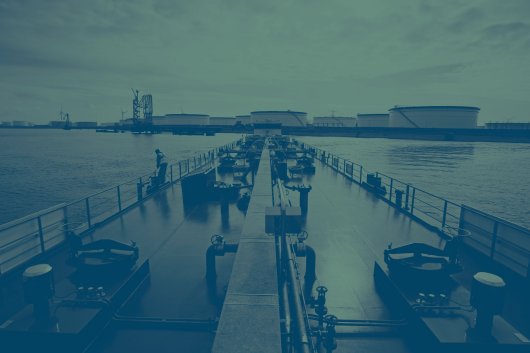HMM CEO evaluates 2020 fuel compliance options, says tech solutions should be shared
'Many options and related uncertainties' are making decision-making difficult, says C.K. Yoo.
The CEO of container line Hyundai Merchant Marine (HMM), C.K. Yoo, has evaluated what he considers to be the three main compliance options to meet the upcoming 0.5 percent global sulphur cap on marine fuel in 2020.
Speaking at an event in Shenzhen, China, Yoo stressed that "we need to double our efforts" to seek compliance solutions via maritime technology and that these solutions should be shared by all industry stakeholders "for the common good of mankind, protection of environment".
Yoo said cooperation between authorities and maritime technology institutions would help to reduce the cost burden in investments related to compliance.
"We, at HMM, are committed to the sublime principle of protecting environment and we are willing to share technical solutions as they are identified," Yoo remarked.
0.5% fuel, scrubbers and LNG
Yoo said that of all the upcoming regulations, sulphur compliance "seems to be the most serious one in magnitude".
The three main 2020 compliance options highlighted by Yoo during his speech were 0.5 percent fuel, the installation of scrubbers (combined with the use of high-sulphur fuel), and liquefied natural gas (LNG).
Regarding low-sulphur fuel, Yoo pointed out that shipping companies have become familiar with their use in Emission Control Areas (ECAs), but noted that prices of low-sulphur fuel oil or low-sulphur marine gas oil (MGO) are more than 50 percent higher than that of heavy fuel oil (HFO).
"Furthermore, it is very difficult to forecast the price of low sulphur fuel oil in 2020, not to mention its suppliability region-wise," Yoo added.
Discussing scrubber technology, Yoo noted that their use would enable ship operators to keep using HFO, but that the installation cost was "expensive" and would take more than 10 months for them to be installed on new ships. For old ships, it would require additional dry docking period," the HMM CEO observed.
Additionally, Yoo said scrubber solutions could incur a sludge handling cost for dry or hybrid scrubbers and noted that retrofitting scrubbers on existing ships will result in the sacrifice of cargo space.
"The smaller [the] ships you may operate, the more sacrifice in loadability you will suffer," he remarked.
Yoo noted that LNG "has been known [to be] the best fuel to comply with the upcoming regulations", and a popular solution for passenger ships. Also, LNG-fuelled engines are already widely used in onshore applications.
However, commenting on the drawbacks, Yoo said LNG was an expensive solution for newbuilds - requiring more investment than scrubbers. He also noted that the lack of LNG bunkering locations worldwide was "a problematic point".
Technically, Yoo stressed that the issue of methane leakage - also known as 'methane slip' - had to be resolved as well as the loss of cargo space due to bigger LNG storage.
Yoo also added that the future price of LNG was as difficult to predict as those of other types of fuel.
Yoo concluded that the "many options and related uncertainties make it difficult for shipping lines to make decisions to deal with this low sulphur issue".
Whichever option shipping lines choose, Yoo said it is "inevitable" that it will incur "sizeable" costs and investment.
Eco-mega containerships
Yoo pointed out that the 'eco-mega' containership concept of the early 2010s was developed as a solution to high oil prices during the period. This was made possible by the advancement of maritime technology and engineering know-how, which not only shortened the ship construction cycle but also catered to the needs of ship operators faster.
"In the beginning, shipping lines responded to soaring bunker price with slow steaming, until eco-mega containerships were introduced to the market with the help of maritime technologies accumulated over the years," Yoo said.
Yoo also commented that if Malcolm McLean had had support from the latest maritime technology or if high oil prices had persisted in the 1980s, the fate of his Jumbo Econships might have been different.
Image: Hyundai Merchant Marine's (HMM) Hyundai Dream. Credit: Hyundai Merchant Marine
Speaking at an event in Shenzhen, China, Yoo stressed that "we need to double our efforts" to seek compliance solutions via maritime technology and that these solutions should be shared by all industry stakeholders "for the common good of mankind, protection of environment".
Yoo said cooperation between authorities and maritime technology institutions would help to reduce the cost burden in investments related to compliance.
"We, at HMM, are committed to the sublime principle of protecting environment and we are willing to share technical solutions as they are identified," Yoo remarked.
0.5% fuel, scrubbers and LNG
Yoo said that of all the upcoming regulations, sulphur compliance "seems to be the most serious one in magnitude".
The three main 2020 compliance options highlighted by Yoo during his speech were 0.5 percent fuel, the installation of scrubbers (combined with the use of high-sulphur fuel), and liquefied natural gas (LNG).
Regarding low-sulphur fuel, Yoo pointed out that shipping companies have become familiar with their use in Emission Control Areas (ECAs), but noted that prices of low-sulphur fuel oil or low-sulphur marine gas oil (MGO) are more than 50 percent higher than that of heavy fuel oil (HFO).
"Furthermore, it is very difficult to forecast the price of low sulphur fuel oil in 2020, not to mention its suppliability region-wise," Yoo added.
Discussing scrubber technology, Yoo noted that their use would enable ship operators to keep using HFO, but that the installation cost was "expensive" and would take more than 10 months for them to be installed on new ships. For old ships, it would require additional dry docking period," the HMM CEO observed.
Additionally, Yoo said scrubber solutions could incur a sludge handling cost for dry or hybrid scrubbers and noted that retrofitting scrubbers on existing ships will result in the sacrifice of cargo space.
"The smaller [the] ships you may operate, the more sacrifice in loadability you will suffer," he remarked.
Yoo noted that LNG "has been known [to be] the best fuel to comply with the upcoming regulations", and a popular solution for passenger ships. Also, LNG-fuelled engines are already widely used in onshore applications.
However, commenting on the drawbacks, Yoo said LNG was an expensive solution for newbuilds - requiring more investment than scrubbers. He also noted that the lack of LNG bunkering locations worldwide was "a problematic point".
Technically, Yoo stressed that the issue of methane leakage - also known as 'methane slip' - had to be resolved as well as the loss of cargo space due to bigger LNG storage.
Yoo also added that the future price of LNG was as difficult to predict as those of other types of fuel.
Yoo concluded that the "many options and related uncertainties make it difficult for shipping lines to make decisions to deal with this low sulphur issue".
Whichever option shipping lines choose, Yoo said it is "inevitable" that it will incur "sizeable" costs and investment.
Eco-mega containerships
Yoo pointed out that the 'eco-mega' containership concept of the early 2010s was developed as a solution to high oil prices during the period. This was made possible by the advancement of maritime technology and engineering know-how, which not only shortened the ship construction cycle but also catered to the needs of ship operators faster.
"In the beginning, shipping lines responded to soaring bunker price with slow steaming, until eco-mega containerships were introduced to the market with the help of maritime technologies accumulated over the years," Yoo said.
Yoo also commented that if Malcolm McLean had had support from the latest maritime technology or if high oil prices had persisted in the 1980s, the fate of his Jumbo Econships might have been different.
Image: Hyundai Merchant Marine's (HMM) Hyundai Dream. Credit: Hyundai Merchant Marine

|
How to engineer and manage green shipping fuels | Stanley George, VPS
Effective management strategies and insights for evolving fuel use. |
|
|
|
||
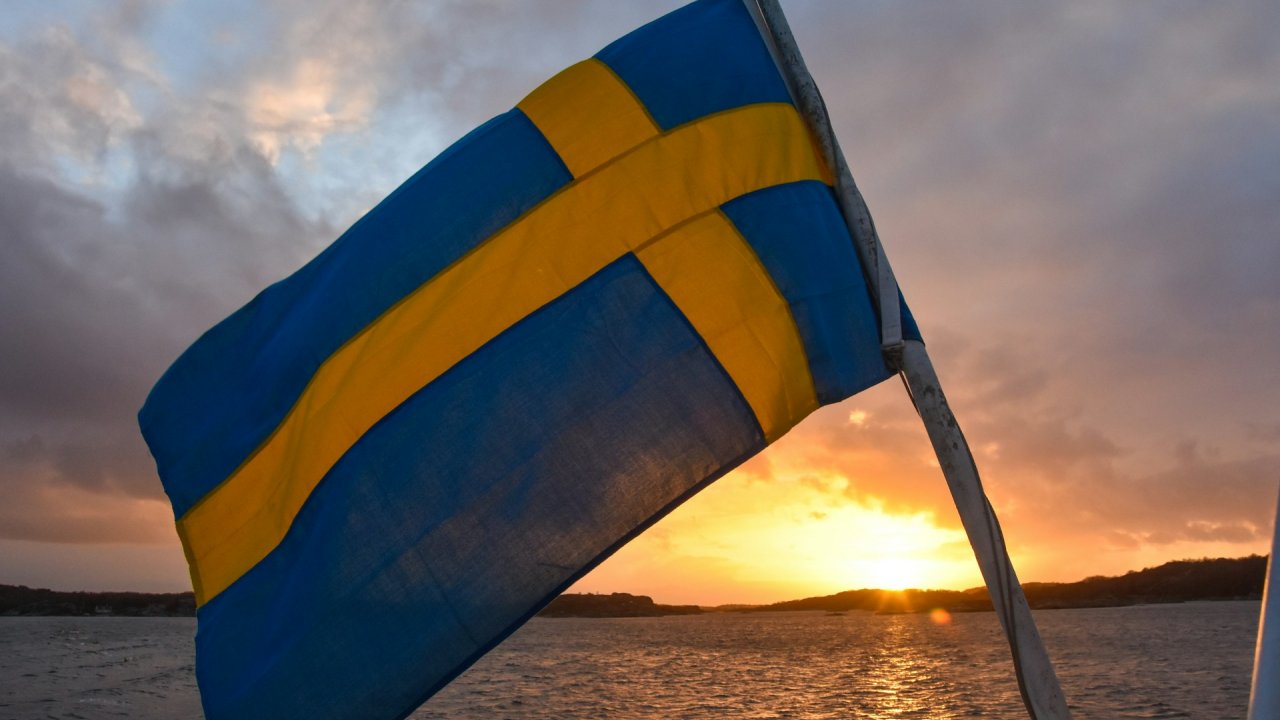
|
Swedish government bans scrubber wastewater discharges
Discharges from open-loop scrubbers to be prohibited in Swedish waters from July 2025. |
|
|
|
||
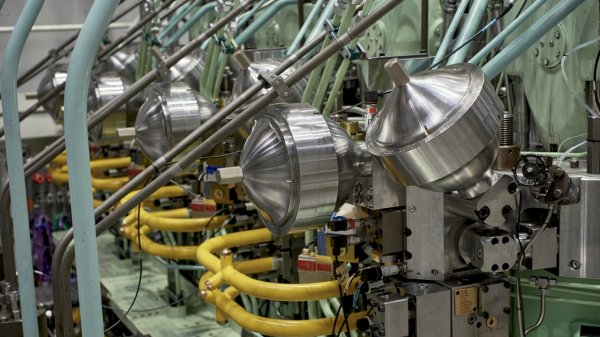
|
MAN Energy Solutions achieves 100% load milestone for ammonia engine
Latest tests validate fuel injection system throughout the entire load curve. |
|
|
|
||
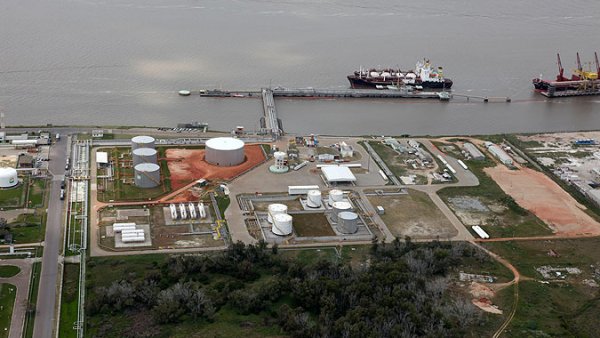
|
Petrobras secures ISCC EU RED certification for B24 biofuel blend at Rio Grande
Blend consisting of 24% FAME is said to have been rigorously tested to meet international standards. |
|
|
|
||
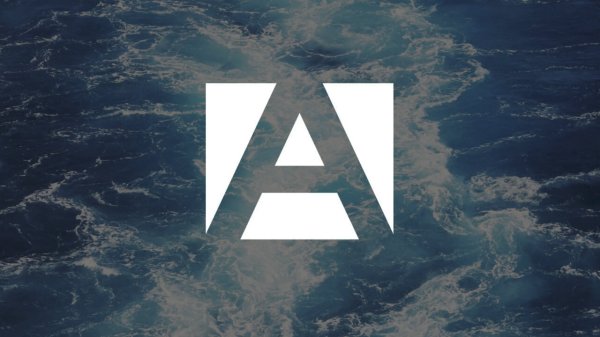
|
Stolt-Nielsen to fully control Avenir LNG with acquisition
Share purchase agreement to buy all shares from Golar LNG and Aequitas. |
|
|
|
||
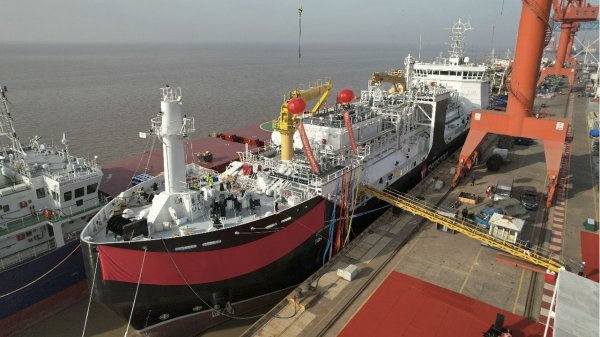
|
Bureau Veritas supports launch of CIMC SOE's LNG bunkering vessel
Handover of Seaspan Energy's cutting-edge 7,600-cbm vessel completed. |
|
|
|
||
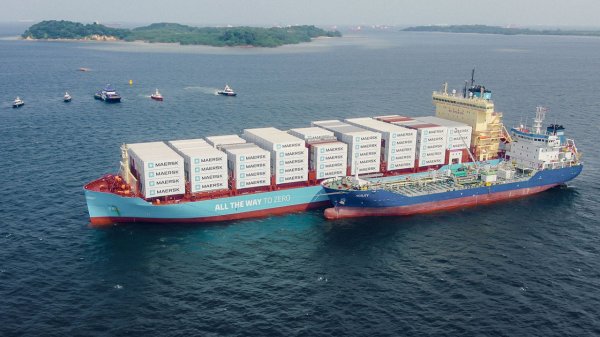
|
Methanol as a marine fuel | Steve Bee, VPS
How environmental legislation has driven the development of low-sulphur fuels and methanol-ready ships. |
|
|
|
||
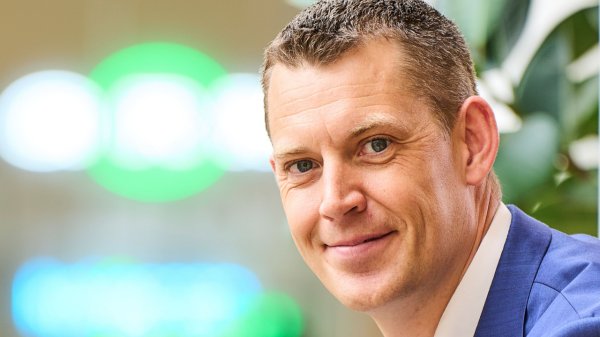
|
Martin Vorgod elevated to CEO of Global Risk Management
Vorgod, currently CCO at GRM, will officially step in as CEO on December 1, succeeding Peder Møller. |
|
|
|
||
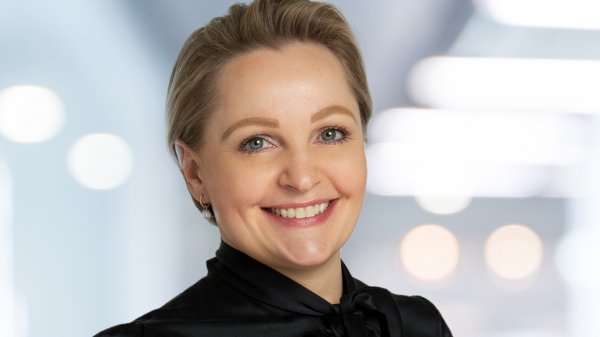
|
Dorthe Bendtsen named interim CEO of KPI OceanConnect
Officer with background in operations and governance to steer firm through transition as it searches for permanent leadership. |
|
|
|
||
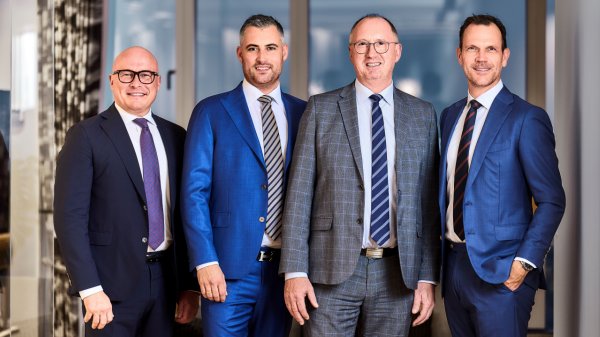
|
Bunker Holding revamps commercial department and management team
CCO departs; commercial activities divided into sales and operations. |
|
|
|
||
Related Links
- · Republic of Korea [Directory]

